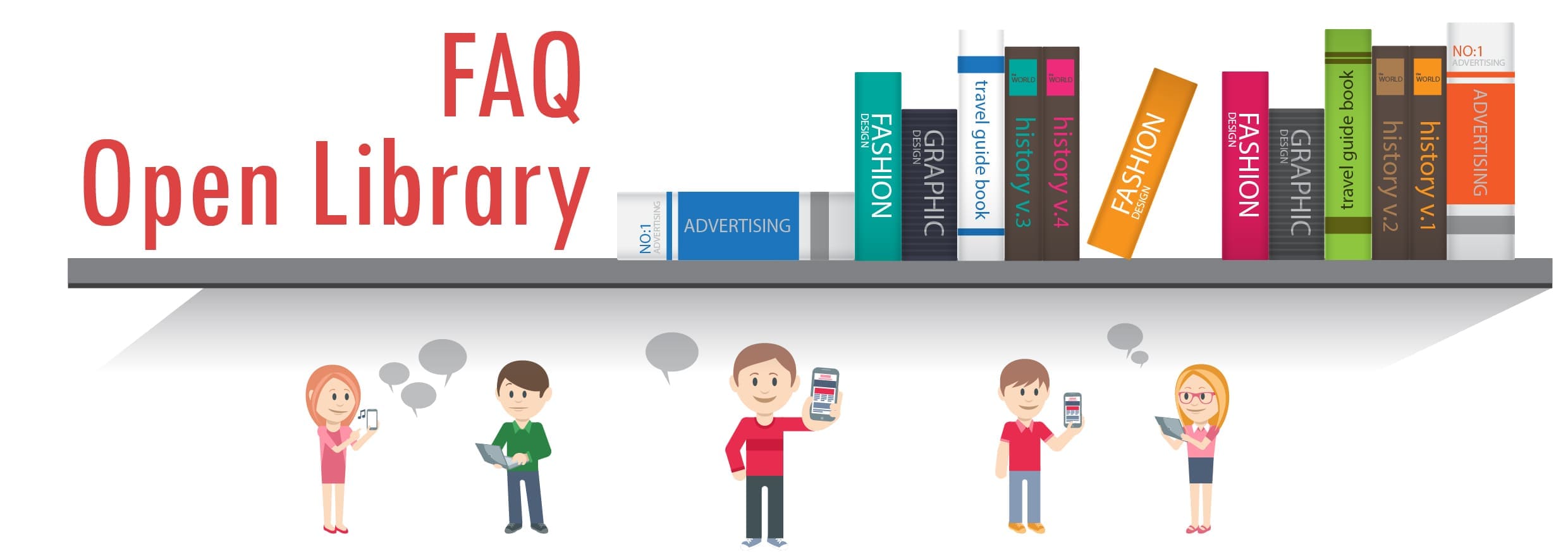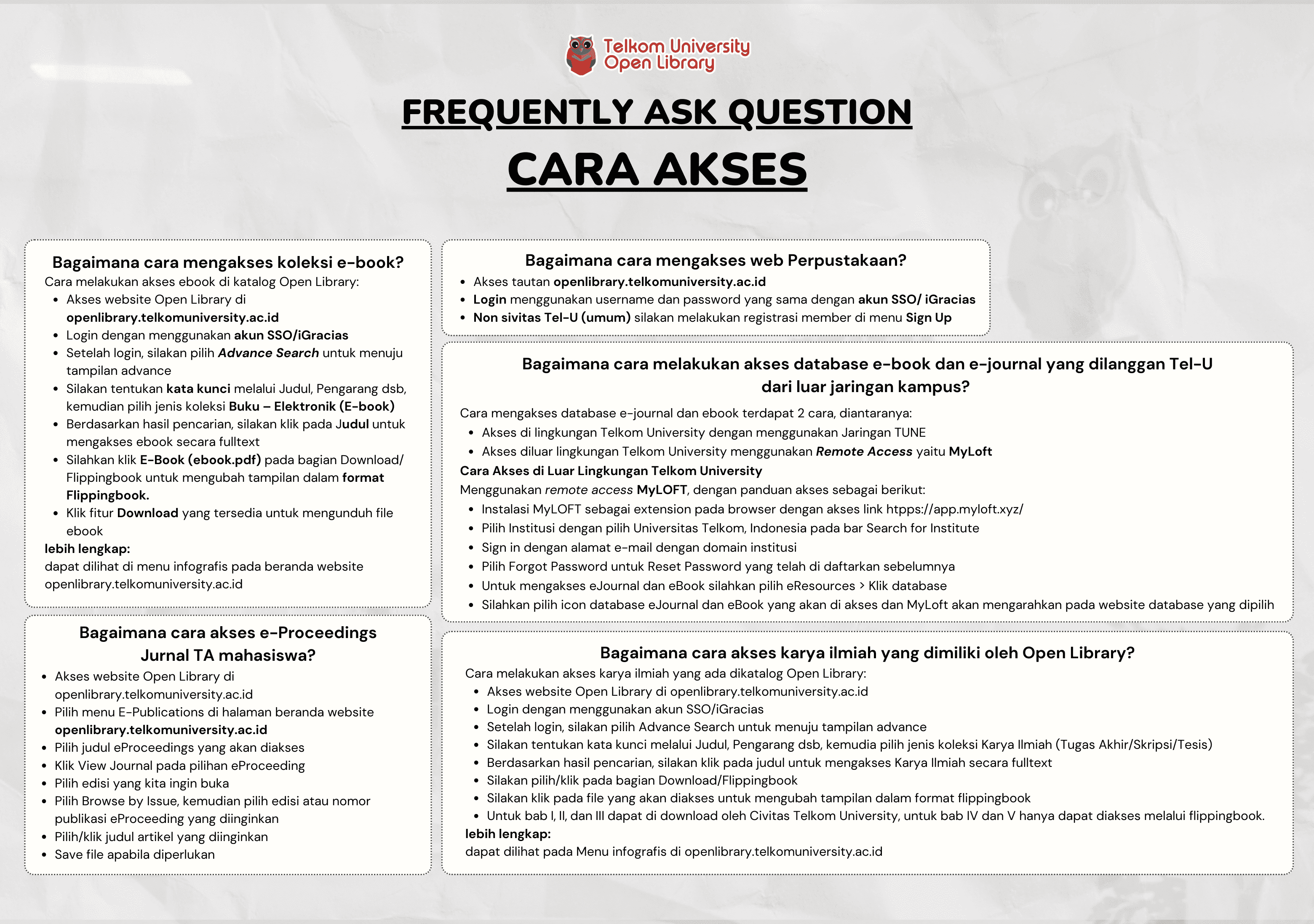DYNAMIC ANALYSIS OF CO-CHANNEL DOWNLINK INTERFERENCE ON THE SATRIA-1 SATELLITE NETWORK BY THE SECOND GENERATION STARLINK SATELLITE SYSTEM IN INDONESIA SERVICE AREA - Dalam bentuk buku karya ilmiah
MATHILDA FLORENSTIKA SOFIANA

Informasi Umum
Kode
25.05.939
Klasifikasi
000 - General Works
Jenis
Karya Ilmiah - Thesis (S2) - Reference
Subjek
Thesis
Dilihat
74 kali
Informasi Lainnya
Abstraksi
<h1 align="center">ABSTRACT</h1> <br /> Indonesia, as a maritime country and one of the archipelagic countries in the world, of course, has various problems, one of which is broadband access. An efficient and reliable communications infrastructure is eesential. Satellites have the distinctive ability to cover large geographical areas through a minimum amount of ground infrastructure, which qualifies them as an attractive solution to meet a grow- ing number of diverse applications and services either as stand-alone systems or as integrated satellite-terrestrial networks. In general, satellites are divided into GSO and non-GSO satellites, which have several differences. If the two satellites operate on the same band frequency, they will trigger interference and can interfere with ex- isting GSO satellites. To address this, the International Telecommunication Union (ITU) requires non-GSO systems to protect GSO satellites from harmful interfer- ence, ensuring both can operate without compromising communication services. This study aims to conduct the technical aspects of Satria-1 and Starlink based on the frequency bands selected by Indonesia in Ka-Band frequency and review and study the results of EPFD downlink calculations, to determine whether the results exceed the limits set by ITU. This study evaluates the technical interference anal- ysis between the Starlink Generation & Satria-1 satellites. With different orbital altitudes and the same use of frequencies, there are interference that affects the per- formance of each satellite. In this study, the power flux density value calculated using various calculation parameters that can then be used to calculate the EPFD value. This EPFD calculation concentrates on the downlink directions and must comply with the EPFD value limit set by the Radio Regulation Article. Based on the simulation of EPFD with 4 scenarios and changes in the 10 watt and 1 watt starlink power transmit show that the EPFD value on the earth station and the Satria-1 user terminal due to Starlink interference exceeds the limit set by the ITU, especially article 22 of the radio regulation.<br /> <br /> <strong>Keywords: </strong>Starlink, Satria-1, Interference, EPFD, ITU.<br />
- ABK6KHB3 - Kebijakan dan Regulasi Telekomunikasi Digital
- ABK7AFB3 - Sistem Satelit Lanjut
Koleksi & Sirkulasi
Tersedia 1 dari total 1 Koleksi
Anda harus log in untuk mengakses flippingbook
Pengarang
| Nama | MATHILDA FLORENSTIKA SOFIANA |
| Jenis | Perorangan |
| Penyunting | Heroe Wijanto, Meiditomo Sutyarjoko |
| Penerjemah |
Penerbit
| Nama | Universitas Telkom, S2 Teknik Elektro |
| Kota | Bandung |
| Tahun | 2025 |
Sirkulasi
| Harga sewa | IDR 0,00 |
| Denda harian | IDR 0,00 |
| Jenis | Non-Sirkulasi |




















